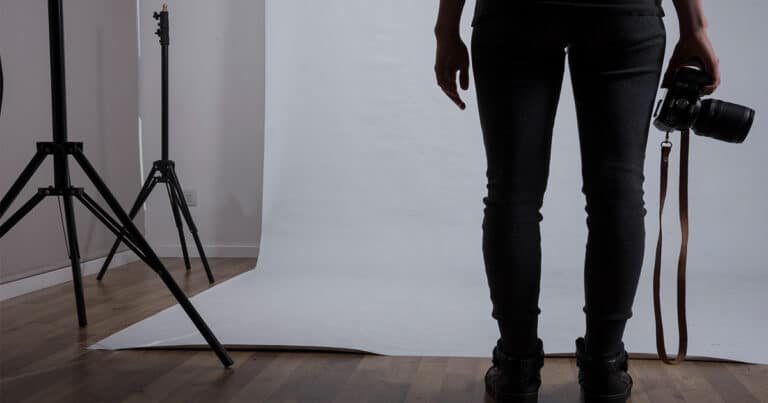In the crowded world of e-commerce, excellent product photography can be your secret weapon. Eye-catching photos don’t just grab attention—they build trust and communicate value. To give your product pics a boost, focus on turning simple snapshots into a sales-driving machine by nailing the basics like lighting, image format, and creative storytelling. Here’s how to make your product images work harder for you:
Use High Resolution for Crisp, Clear Photos
Blurry photos can turn potential buyers away in a heartbeat. That’s why it’s worth investing in a camera with high resolution. A higher pixel count captures more detail, showcasing your product’s quality. But don’t stop there—factors like lens quality and lighting also matter. A high-resolution photo with poor lighting won’t do your product justice. Focus on sharp, detailed images to make your listings stand out.
Keep It Compatible with JPG Format
One of the easiest ways to improve your product listings is by converting images to JPG format. JPGs are compact and compatible with almost every device, so your images will load fast and look sharp no matter where customers view them. Plus, smaller file sizes mean your site won’t get bogged down, keeping visitors engaged. If you need to convert files from PDF to JPG, this could be the best option for you; an online converter makes the process quick and hassle-free, so your product images are ready to upload in no time.
Let Natural Light Do the Work
Good lighting is key to great product photos, and natural light is your budget-friendly MVP. Sunlight brings out colors and textures in a way that artificial lighting often can’t. Take photos near a large window for soft, even light—north-facing windows work best. Also, avoid harsh direct sunlight, which can create distracting shadows. When you utilize the proper timing and setup, natural light can make your product photos look professional without extra expense.

Choose Backgrounds That Highlight Your Product
The right background can make or break your photo, so stick with colors and textures that complement your product without stealing the spotlight. For a bold look, use contrasting colors from the color wheel (think a red mug on a green backdrop). Opt for neutral tones (e.g., white, gray, beige) if you prefer a clean and modern vibe. Adding subtle textures like wood or marble can also create a polished aesthetic that enhances your product without overwhelming it.
Tell a Story with Props
Props can add personality and context to your photos, helping customers imagine how they’ll use your product. Go with props that reflect your target audience’s lifestyle and values. For example, a cozy blanket and a steaming mug can make a coffee brand feel warm and inviting. Subtle touches create an emotional connection that makes your product more relatable and desirable.
Show Your Product in Action
Lifestyle photos take your product from “nice to look at” to “must-have.” Instead of just showing an item on a plain background, place it in a real-world setting. A fashion brand might show a dress being worn at a casual brunch or a jacket at a bustling city street corner. This helps customers picture the product in their lives, increasing the chance they’ll click “add to cart.”
Name Your Image for Purpose
Descriptive filenames aren’t just for organizing; they help with search engine optimization (SEO) too. Use concise, keyword-rich names to make your images easier for search engines to find. For example, instead of “IMG1234.jpg,” opt for something like “blue-ceramic-mug.jpg.” Remember to keep filenames clear and avoid keyword stuffing, which can hurt your rankings. Consistency is key, so adopt a standard format (i.e., product-category-product-name.jpg) to keep things streamlined.
Build Trust with Professional Edits
A little post-production editing can go a long way. Adjust brightness, contrast, and color balance to ensure your photos look clean and polished. Just be careful not to overdo it—customers appreciate authenticity, and overly edited images can feel misleading. Free online tools can make editing straightforward, even if you’re a beginner. Research technologies that can help you fine-tune your images and guarantee every photo looks its best.
Mastering product photography doesn’t require a studio or expensive equipment. With a focus on lighting, storytelling, and thoughtful details, you can create images that attract and engage your audience. You’ll see how impactful great visuals can be as you refine your skills. They’re not just pretty pictures—they’re a powerful strategy to boost sales and build customer loyalty. Start with these tips, and watch your product photos transform into a sales-driving asset.
Stay informed and inspired with Sabon News, where every story is crafted to connect you to the heart of global events and foster a deeper understanding of our shared humanity.




